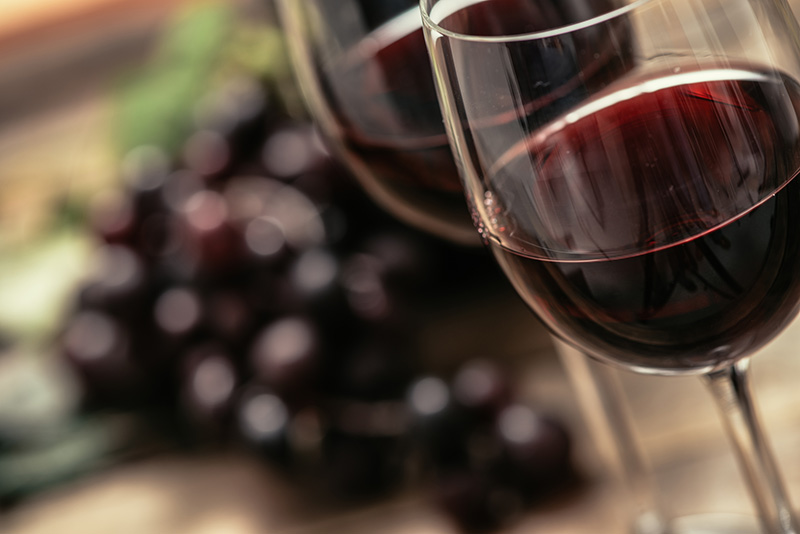Wine represents a very important component of the Italian tradition. History, nature, landscape and cultural traditions can be condensed into a simple glass of wine. Italian culture is intertwined with this special drink, and it’s wine tradition has continued to be one of the biggest exports from Italy. In fact, Italy occupies a leading role worldwide in the production of wines: in 2018 it was ranked as the top country in the world for production with 485 million liters of wine exported, surpassing the main competitor, France (460 million liters). More than 17% of the world’s wine production comes from Italy.
In order to understand the different phases of the Italian wine tradition, you need to take into consideration all of the history that has evolved into what Italian wine has to offer today.

Wine in Italy boasts an ancient history rich in traditions. To spread the cultivation of the vine in Italy were Greeks, who introduced new varieties. It is believed that some types of grapes still vinified, particularly in Southern Italy, date back to the times of Greek colonization. Romans, having come into contact with the Hellenic civilization, learned its viticulture techniques. It was then they who spread wine and its culture even beyond the borders of Italy. In the Middle Ages, viticulture, in decline after the end of the Roman Empire, was developed and improved especially in monasteries. This tradition experienced a new development in the Renaissance also thanks to maritime trade. After the revival of the 1800s, in the 1900s we arrive at a stage of great importance: the labels of controlled origin, which offer a guarantee of quality. In fact, in modern times we have seen greater regulation regarding wine production in general, with the establishment of important brands and regulations, such as DOC and DOCG. These brands preserve Italian wine from foreign contamination and maintain wine production standards at high levels.
What are the most popular grape varieties in Italy? Sangiovese (10% of the area is cultivated for grapes) followed by other popular varieties such as Montepulciano, Barbera, Sicilian white Catarratto and Tuscan Trebbiano. In Italy there are 355 indigenous vines, allowing for many unique tastes.
Italians have put particular care and dedication into the production of wine, and these high standards remain in place today. Some families have been wine producers for generations and proudly carry on this tradition.
Wine is an instrument of knowledge, not only of the processes of winemaking and the techniques of viticulture, but also of the essence of the wine itself, its aromas and flavors. Tasting wine does not only mean drinking it, but also making a unique sensory journey, while also enjoying it with friends and family. Food and wine tours have become one of the most popular vacation tours for people vacationing in Italy. Among the most famous Italian wines are: Barolo, Amarone della Valpolicella, Chianti Classico, Franciacorta, Etna, Barbaresco, Lambrusco, Montepulciano, Brunello di Montalcino, Taurasi, Passito di Pantelleria and Sassicaia.
